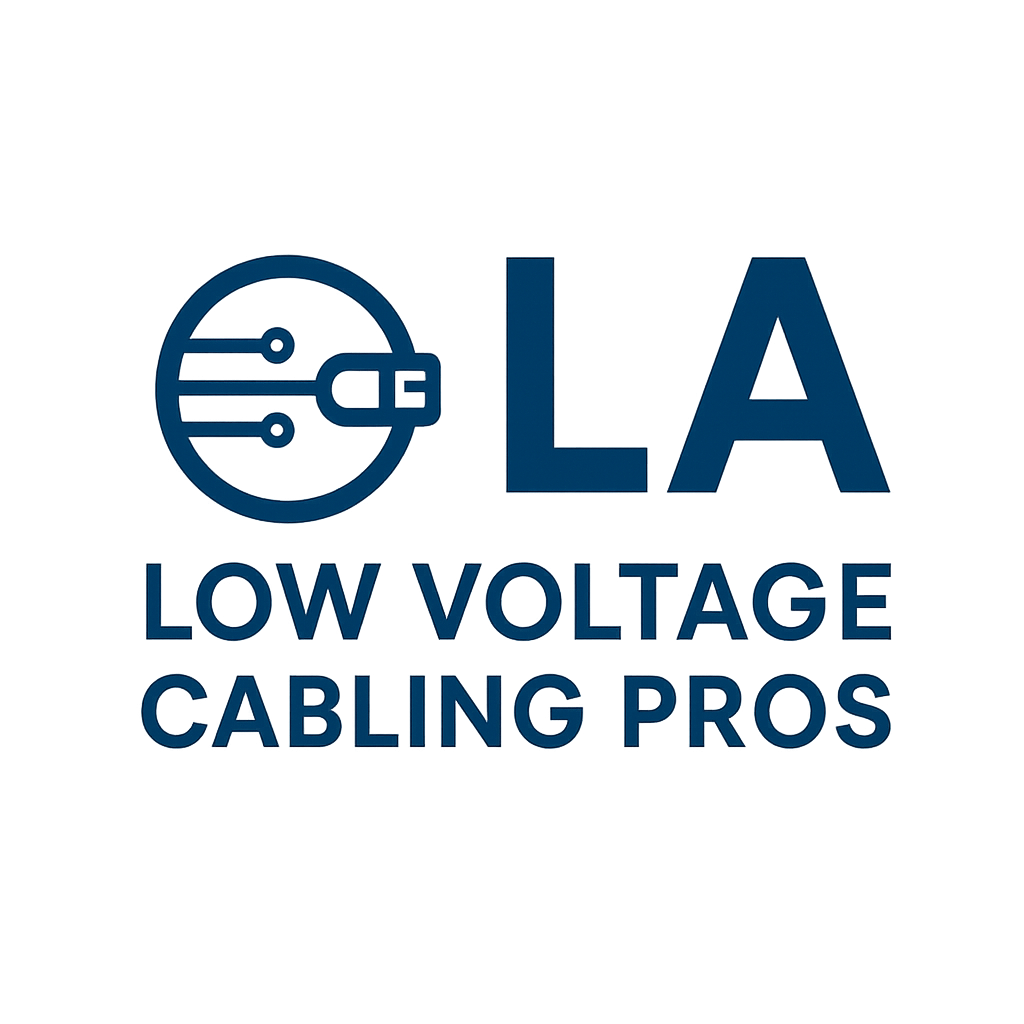Future-Proofing Your Network Cabling: Building a Smarter, Faster, and More Reliable Infrastructure
Technology changes fast, and your network needs to keep up. Whether you’re managing a growing business or upgrading your home setup, future-proofing your network cabling ensures your infrastructure can handle the speed, bandwidth, and connectivity demands of tomorrow.
Investing in the right cabling system today saves you from expensive upgrades later — while keeping your network stable, efficient, and ready for whatever comes next. Our team specializes in customized wiring and cabling solutions that help businesses stay ready for tomorrow’s technology. Visit our official website to learn more or request a free consultation.”
Why Future-Proofing Matters
Most businesses and homeowners focus on devices like routers or servers when thinking about performance, but the real backbone of your network is the cabling itself. Outdated cables can limit your speed, cause signal loss, or lead to downtime — all of which hurt productivity and reliability.
By future-proofing your cabling, you’re setting up a foundation that supports faster technologies, higher data loads, and new applications for years to come.
The Evolution of Network Cabling
Network cabling has evolved rapidly over the past few decades:
- CAT5 introduced reliable Ethernet speeds for small networks.
- CAT5e improved performance for gigabit internet.
- CAT6 and CAT6a offered higher bandwidth and reduced interference.
- CAT7 and CAT8 are now paving the way for ultra-fast 40G to 100G connections.
Future-proofing means selecting the right cabling category based on your long-term needs — not just what works today.
Key Benefits of Future-Proofed Network Cabling
- Higher Bandwidth Capacity
A properly designed cabling system can support high-speed internet, cloud applications, and 4K or 8K video streaming without slowdowns. - Reduced Downtime
Quality cables and proper installation minimize interference and performance issues, keeping your network stable and reliable. - Lower Long-Term Costs
Upgrading once with the right infrastructure saves money over time compared to constant rewiring and retrofitting. - Support for Emerging Technologies
IoT devices, AI systems, and automation tools all depend on high-performance network backbones — which future-proof cabling can handle. - Better Property Value
Businesses and homes equipped with advanced cabling systems attract higher value and appeal to tech-driven buyers or tenants.
How to Future-Proof Your Network Cabling
Here’s what you can do to make sure your system stays ahead of the curve:
- Choose the Right Cable Type
- CAT6a or CAT7 is ideal for most modern commercial or residential applications.
- Fiber optic cabling is the ultimate choice for scalability, offering speeds beyond what copper can deliver.
- Plan for Growth
Map out your building’s layout and leave extra capacity for future workstations, access points, and devices. - Use Quality Components
Invest in high-quality jacks, patch panels, and switches that support higher frequencies and faster transmission rates. - Follow Proper Cabling Standards
Ensure compliance with ANSI/TIA-568 and BICSI guidelines for structured cabling. This guarantees your system meets performance and safety standards. - Hire Certified Professionals
Always work with licensed and experienced installers who understand network cabling design, testing, and certification. Proper installation is key to long-term performance. - Label and Document Everything
A well-documented system helps you troubleshoot quickly, upgrade easily, and maintain compliance.
Common Mistakes to Avoid
- Using low-quality or outdated cables to cut costs
- Overcrowding conduits or ignoring bend radius guidelines
- Running data and power cables too close together
- Forgetting to test and certify after installation
- Failing to account for future bandwidth needs
Avoiding these mistakes ensures your network remains stable and efficient for years to come. A well-planned cabling layout supports seamless low voltage system integration, making it easier to add or upgrade security systems, Wi-Fi access points, and other connected technologies.
Future Trends in Network Cabling
The future of network infrastructure is driven by speed and data demand. Here’s what to expect in the coming years:
- Increased fiber adoption for backbone and enterprise systems
- 10G+ Ethernet becoming standard in homes and offices
- Smart buildings integrating IoT devices into structured cabling systems
- AI-powered monitoring tools for network optimization
- Sustainable materials for eco-friendly cable manufacturing
By preparing for these trends now, you’ll stay competitive and ready for what’s next in connectivity.
Future-Proof Your Network Today
Your cabling system is an investment in your business or home’s future. Upgrading now means fewer disruptions later and a network that grows with your technology.
Whether you’re building a new facility, expanding your office, or simply want faster and more reliable connectivity, working with a professional structured cabling installer is the smartest move you can make.
Contact your local network cabling experts today to design a system that’s built for the future — fast, dependable, and ready for whatever technology brings next.
